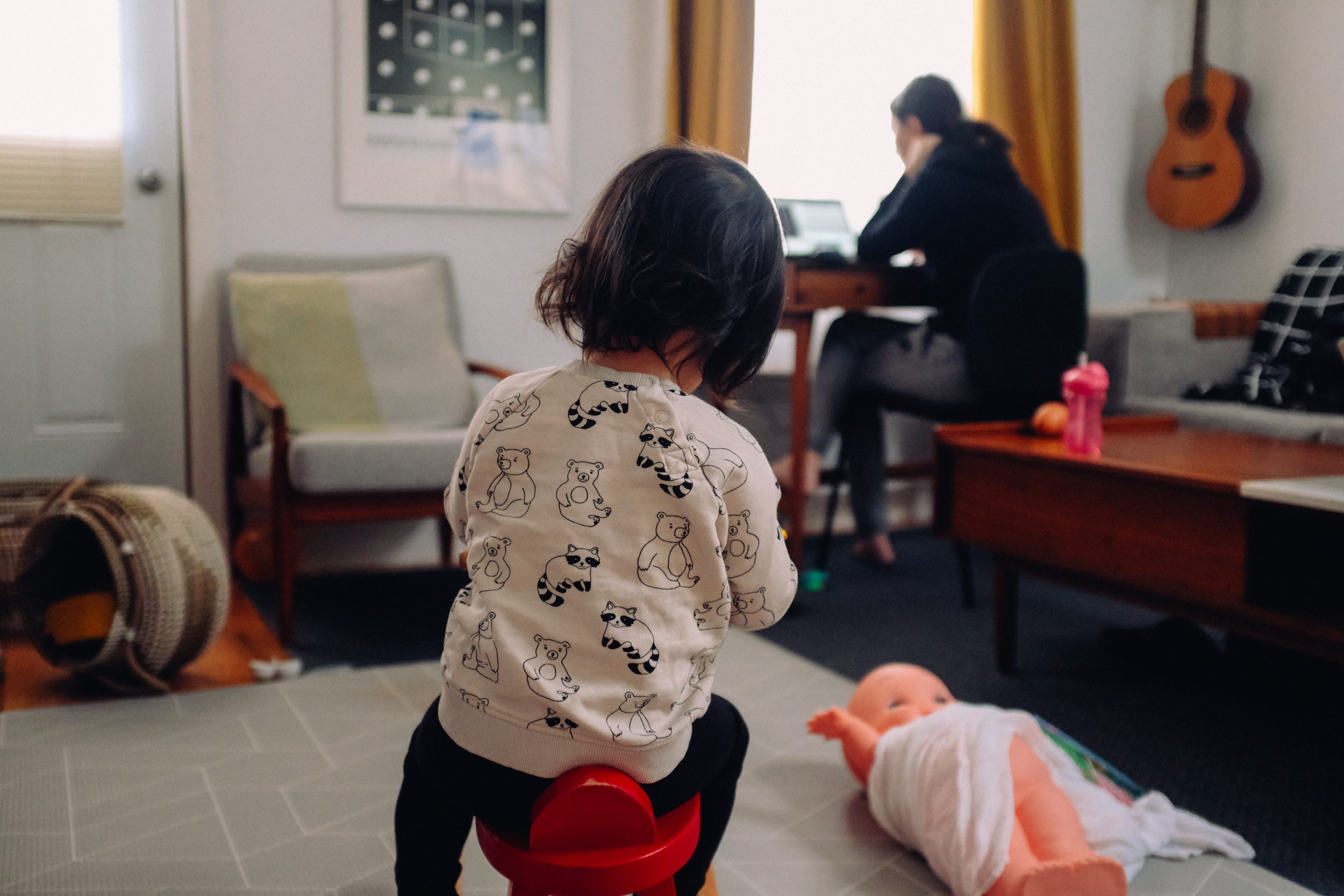
 In this Q&A, Emma Goodman speaks to Sarah Macharia, coordinator of the Global Media Monitoring Project (GMMP), a leading research project focused on the representation of women in news media, about the struggle to change the way that women are portrayed in the news. This post is an edited version of a conversation that took place during a webinar organised by Emma in collaboration with the Bill & Melinda Gates Foundation’s Global Media Partnership’s team, to look in detail at various issues highlighted by the recent award-winning solution-based report into gender and the intersectionality of gender and race in news by Luba Kassova, From Outrage to Opportunity.
In this Q&A, Emma Goodman speaks to Sarah Macharia, coordinator of the Global Media Monitoring Project (GMMP), a leading research project focused on the representation of women in news media, about the struggle to change the way that women are portrayed in the news. This post is an edited version of a conversation that took place during a webinar organised by Emma in collaboration with the Bill & Melinda Gates Foundation’s Global Media Partnership’s team, to look in detail at various issues highlighted by the recent award-winning solution-based report into gender and the intersectionality of gender and race in news by Luba Kassova, From Outrage to Opportunity.
Emma: Your research for the GMMP looks at the role women play in news stories, as well as monitoring their presence. In From Outrage to Opportunity you say that “the really structural issues – what we call the qualitative indicators which look at gender stereotypes in the news e.g. the proportion of stories that raise issues about gender equality, sexualization of women in the stories, etc. has either been on a plateau, or on a downward trend.” [p.172]. Why is the news industry not tackling this issue, and what should it be doing to make progress?
Sarah: The Global Media Monitoring Project – a research and advocacy initiative for gender equality in and through the news media, monitoring news content in more than 100 countries – has uncovered a 25-year inertia in news as far as gender equality is concerned, and we’ve seen the patterns of stagnation and decline consistent across all the news quality measures. For example, in 2020 the proportion of stories that clearly challenge stereotypes was only 3%, exactly the same statistic that we found in 2005 when it was first measured. The network has continued to offer recommendations for actions that the media industry and various actors can take to create change, but we have learned that when the ground shifts in the right direction it is not a seismic change, but baby steps forward.
So why is the industry not tackling these issues? I think that it is a problem of systemic sexism in the industry, along with the other ‘isms’ that are specific to the local contexts that women also face, for example, racism in multicultural societies, classism, homophobia, ageism… the list goes on.
And the question really is, why is sexism sticky? I think there is a denial that it exists, even when confronted with hard research evidence, and it’s easier to maintain the status quo, at least for the media industry, for example, in hiring for senior positions and in board appointments.
There’s also the embeddedness of sexism in everyday life, in our institutions, in our behaviour, which feeds into and is also fed by the media industry. So, it’s complicated.
What can be done? From our research and that of others, it is clear the business side of the news industry has a stake in gender equality. Even if gender equality may not be a priority for media owners, financial viability definitely is.
But there is not sufficient recognition of the knock-on effects of gender equality in other aspects of the lived experience on media businesses. For example, women’s resources, women’s time, and women’s finances are all constrained to a degree by gender-based discrimination, and the news industry needs to be more invested in advancing gender equality in general, in order for its bottom line to benefit in turn by creating a viable audience of women news consumers.
It’s complicated, but it is not impossible. It’s not an onerous task, and our recommendations have remained the same in 2015 and in 2020, so there is an indication of what to do going forward.
Emma: In From Outrage to Opportunity, you suggest that a key reason why the proportion of women quoted as experts in the news has increased from 19% to 24% has been the consolidated efforts within the industry to develop expert databases that highlight women [p.161]. You mention that this hypothesis needs research validation, but this is potentially good news. Do you see similar initiatives being developed to tackle inclusion in the newsroom and the portrayal of women in news? If so, what might they look like? Is there a case to be built for more nuanced monitoring?
Sarah: Yes. We were surprised and pleased to see the jump in the proportion of women who are consulted as experts in the news between 2015 to 2020. I would say it is not just the initiative of the news media industry, but also of civil society organisations, who have taken on board the task of developing these directories of women experts.
But some groups of women continue to be more discriminated against and more marginalized than others, and it’s complex to break down exactly who these women are, which groups of women are under-represented, are stereotyped, are subordinated or treated unjustly.
Within the 2020 GMMP research we were able to create room for country teams who are responsible for data collection to integrate these other indicators of interest in their national context that helped us develop an intersectional lens. For instance, they were able to add questions on race or ethnicity, on class or caste, on religion or disability, on political status of the people or journalists in their stories. From this, we gathered very insightful intersectional detail on women’s multiple marginalizations based on their other identities.
I would say that many of the initiatives come from outside the media industry, but in terms of initiatives within the media industry, we have heard of the adoption of automated monitoring within media houses. With the rise and hype of artificial intelligence (AI), there has been an adoption of various AI technologies within newsrooms, including for monitoring. That is a step forward, although I would caution that while this automated or AI-driven monitoring has its place, the grassroots approach is just as important as it brings this added value of building critical media literacy, and turning us into audiences who are more critical and able to engage constructively and critically with the with media content.
In general, any initiatives are few and far between: the focus is on other issues and when there is a resource crunch, the issue of gender equality and efforts to advance gender in the industry take a hit.
Emma: In the report you mention that international funding for journalism initiatives that aim to improve gender balance has declined over time, and that the main barrier to improving women’s visibility in news coverage is: “the lack of prioritization of media in gender focused initiatives. Media are usually at the periphery of gender equality work… there’s still a lack of common understanding of media as one of the ways through which discriminatory social and cultural norms can be dislodged. As such, media continue to remain at the periphery of attention.” [p. 163] Why is that, and what can the news industry do to reverse this trend?
Sarah: Yes, we see we see that a lot in our work in civil society. The news industry needs to be front and centre of these gender equality conversations, and to have a seat at the policy table to underscore its relevance in building a good, just, fair and equal society. Civil society has been fighting this corner for the longest time, remaining vigilant to ensure accountability for the news media.
What can be done? I would like to bring in the media development sector that tends to work with the media itself, which is positive, but it pays little heed to actors in the broader environment, including the civil society organizations that do the hard work of collecting the evidence and developing this analytical lens in partnership with researchers. I think the media development sector could be more intentional in bringing the expertise and the knowledge and the zeal of civil society into this conversation. But the media also need to recognize their centrality, and to recognize that they have a vested interest, especially as they look at their own bottom lines.
This post represents the views of the authors and not the position of the Media@LSE blog nor of the London School of Economics and Political Science.





